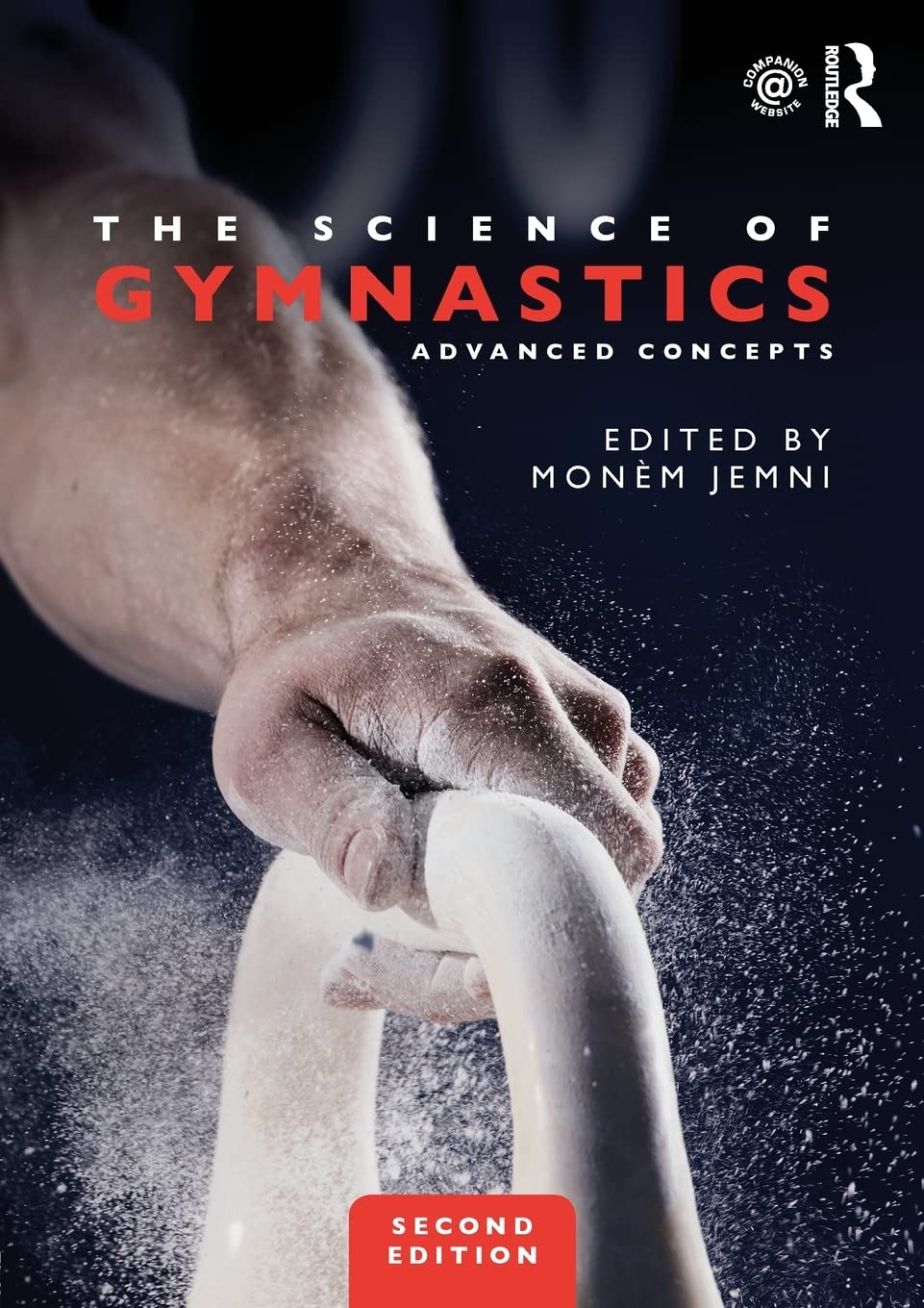List of contributors
Foreword
PART I: Physiology for Gymnastics
Learning Outcomes, Introduction and Objectives
1. Energetics of Gymnastics (Monèm Jemni)
2. Cardiovascular and Respiratory Systems of the Gymnasts (Monèm Jemni)
3. Diet, Nutrition, Supplementation and Related Health Issues in Gymnastics (Monèm Jemni)
Review questions
PART II: Applied Coaching Sciences in Gymnastics
Learning Outcomes, Introduction and Objectives
4. Fitness Model of High Level Gymnasts (William A Sands)
5. Training Principles in Gymnastics (Monèm Jemni and William A Sands)
6. Specific Physical and Physiological Assessments of Gymnasts (Monèm Jemni)
7. Jumping Skills: Importance, Assessment and Training (Michel Marina)
Review questions
PART III: Biomechanics for Gymnastics
Introduction and Objectives
8. Linear Kinematics (William A Sands)
9. Angular Kinematics (William A Sands)
10. Linear Kinetics (William A Sands)
11. Angular Kinetics (William A Sands)
12. Use of Body Inverse Dynamics to Evaluate Reaction Force During Vault and Floor Somersaults in Artistic Gymnastics (Bessem Mkaouer)
Review Questions
PART IV: Psychology for Gymnastics
Learning Outcomes, Introduction and Objectives
13. Task Demands and Career Transitions in Gymnastics: From Novices to Experts and the Stages of Learning Across the Career (John H. Salmela)
14. Coaching and Parenting (John H. Salmela)
15. Mental Skill Development and Variation in Gymnasts (John H. Salmela)
16. Omsat-3 Mental Skills Assessment (John H. Salmela)
17. Closing the Circle of Mental Skills Training: Providing Mental Skills Feedback to Gymnasts (John H. Salmela)
18. Perception of Complex Movements (Alexandra Pizzera)
Review questions
Part V: Interaction between Physiological, Biomechanical and Psychological Aspects of Gymnastic Performance
Learning Outcomes, Introduction and Objectives
19. The Physiologists Point of View (Monèm Jemni)
20. The Biomechanists Point of View (Patrice Holvoet)
21. The Psychologist Point of View (John H Salmela)
Review questions
Part VI: Motor Learning in Gymnastics
Objectives, Learning Outcomes and Introduction
22. Motor Learning Versus Pedagogy (William A Sands)
23. Fundamental Concepts and Definitions in Motor Learning (William A Sands)
24. Stages of Motor Learning (William A Sands)
25. Feedback (William A Sands)
26. Transfer of Learning Tasks to a Final Skill (William A Sands)
27. Transfer Strategies (William A Sands)
28. Practice (William A Sands)
29. Special Considerations in Gymnastics Learning (William A Sands)
30. Advanced Applied Example of Motor Control 1: The Running Approach When Vaulting (Elizabeth J. Bradshaw)
31. Advanced Applied Example of Motor Control 2: Rotations and Twisting in Gymnastics, Is There a Universal Rotational Scheme? (Flavio Bessi)
32. Advanced Applied Example of Motor Control 3: The Impact of Elastic Technologies on Artistic Gymnastics – A Special Case Study From Brazil (Marco Antonio Coelho Bortoleto)
Review Questions
Part VII: Injuries in Gymnastics
Introduction
Objectives
Learning Outcomes
33. Injury is a Serious Issue (William A Sands)
34. What is an Injury? (William A Sands)
35. Characteristics of Gymnastics Injuries (William A Sands)
36. Injury Location (William A Sands)
37. Injury Countermeasures (William A Sands)
38. Clinical Injury Cases in Artistic Gymnastics, the Big and the Small Ones (Brooke Lemmen)
39. Monitoring Gymnasts for Injury Prevention (Elizabeth J. Bradshaw)
Review Questions
References
Index

